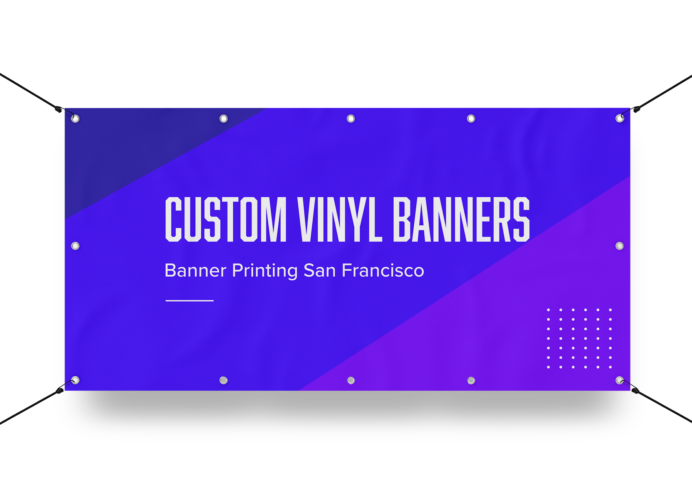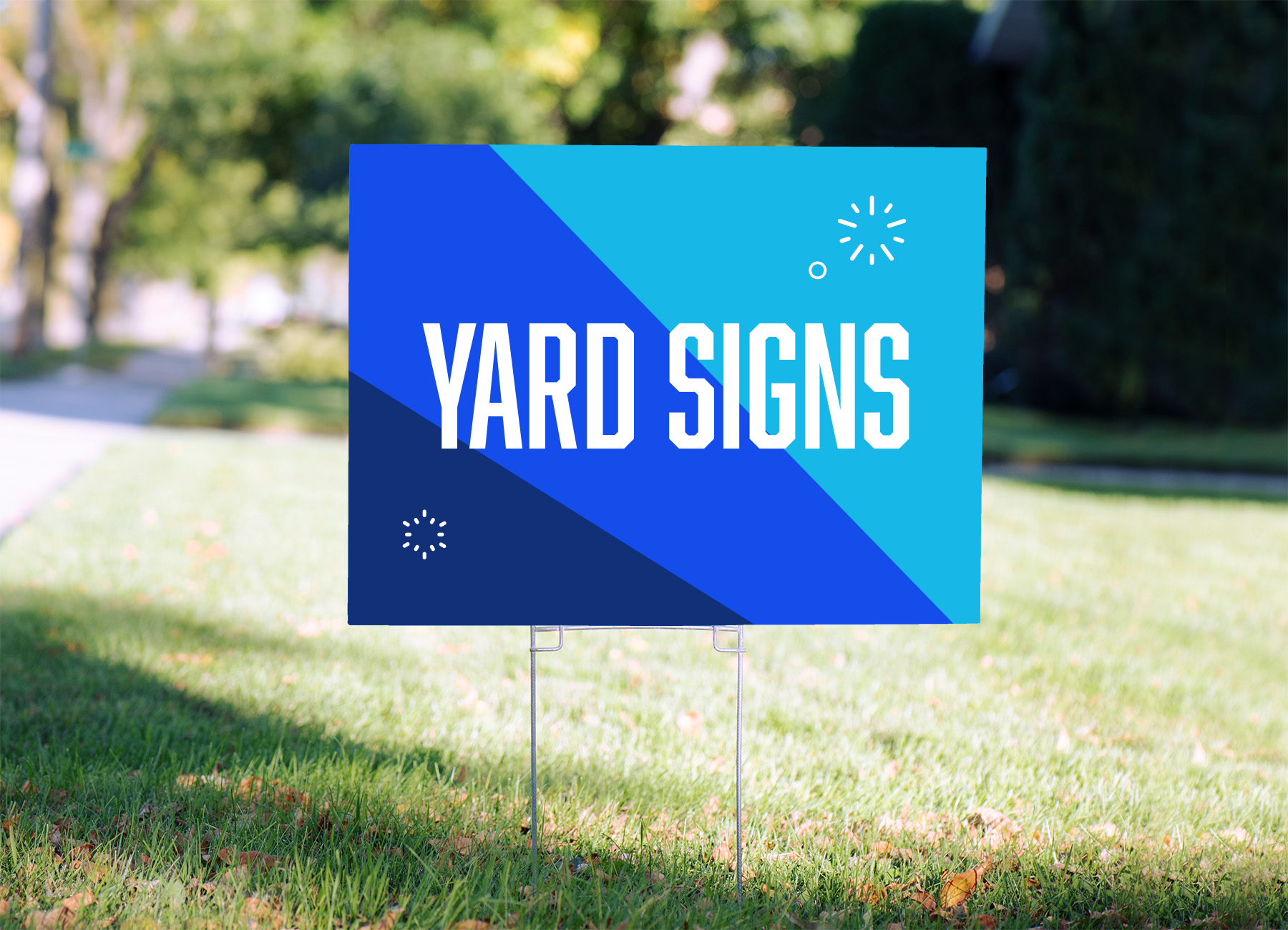When it comes to adorning your belongings with decorative designs, vibrant graphics, or essential information, the choice often boils down to decal or sticker printing. But do you know the actual difference between the two? Understanding the distinctions between decals vs stickers can help you make the best choice for your decor goals. In this blog post, we will cover the key differences between the two, their materials, and application process, as well as some tips on how to choose the right option for your project.
What is a Decal?
Decals (derived from the French word ‘décalcomanie’) are a type of thin film or substrate with an adhesive backing that is designed to transfer from one surface to another. Unlike stickers, decals are generally more intricate and consist of individual elements that are shaped and cut from vinyl material. These individual elements are typically adhered to a paper backing and can be applied to a variety of surfaces with the help of transfer tape. Decals are ideal for larger, more intricate designs and are commonly used for vehicle graphics, storefront signage, and wall art.
What is a Sticker?
Stickers are similar to decals in that they both have adhesive backings and can be applied to surfaces. However, stickers are simpler in design and are made from a single layer of material, typically paper or vinyl. The design is either printed or embossed on the material, and the sticker can be easily removed from its backing and applied directly to the desired surface. Stickers are commonly used for product labeling, promotional items, and personal expression on laptops, phone cases, and more.
Comparison: Decal vs Sticker
Decals and stickers are both popular methods of displaying artwork or messages on items, but there are some key differences between the two. Decals are made from a vinyl material, which is more durable than paper-based stickers and can withstand exposure to moisture and heat without peeling or fading. They also have a smoother appearance when applied to a surface, which makes them more appealing to viewers. Stickers, on the other hand, are made from paper or plastic and are less durable than decals. They can also be difficult to remove without leaving a residue behind.
Decals are typically used for indoor applications on walls or windows, while stickers are often used outdoors on ride share cars, buses, or storefronts. They are both used for marketing and promotion, often featuring a logo or brand name to help people remember a company’s message.
Ultimately, the choice between decals and stickers depends on the application. Decals can be more expensive than stickers but offer better quality and longer-lasting results. Stickers are cheaper and easier to apply, but may not last as long. Ultimately, it’s important to weigh the pros and cons of each option before making a decision.
Choosing the Right Option for Your Project
Now that we’ve discussed the differences between decals and stickers, how do you choose which one is best for your needs? Here are some factors to consider:
- Design Complexity: If your project requires intricate or multilayered designs, decals are the better option . While there are some stickers that offer multiple layers, decals provide more flexibility and durability for complex designs.
- Surface Type: Stickers may be better suited for curved surfaces or irregularly shaped objects than decals. Decals don’t typically adhere properly on textured surfaces, so be aware of this when selecting a surface to apply the dec to.
- Durability: Decals are more durable than stickers, making them a better option for long-term projects. Stickers typically don’t hold up in extreme temperatures or humidity levels and may not last as long outdoors.
- Budget: Stickers can often be purchased in bulk for a cheaper price, making them a great budget-friendly.









0 comments
There are no comments yet. Be the first one to post a comment on this article!
Leave a comment